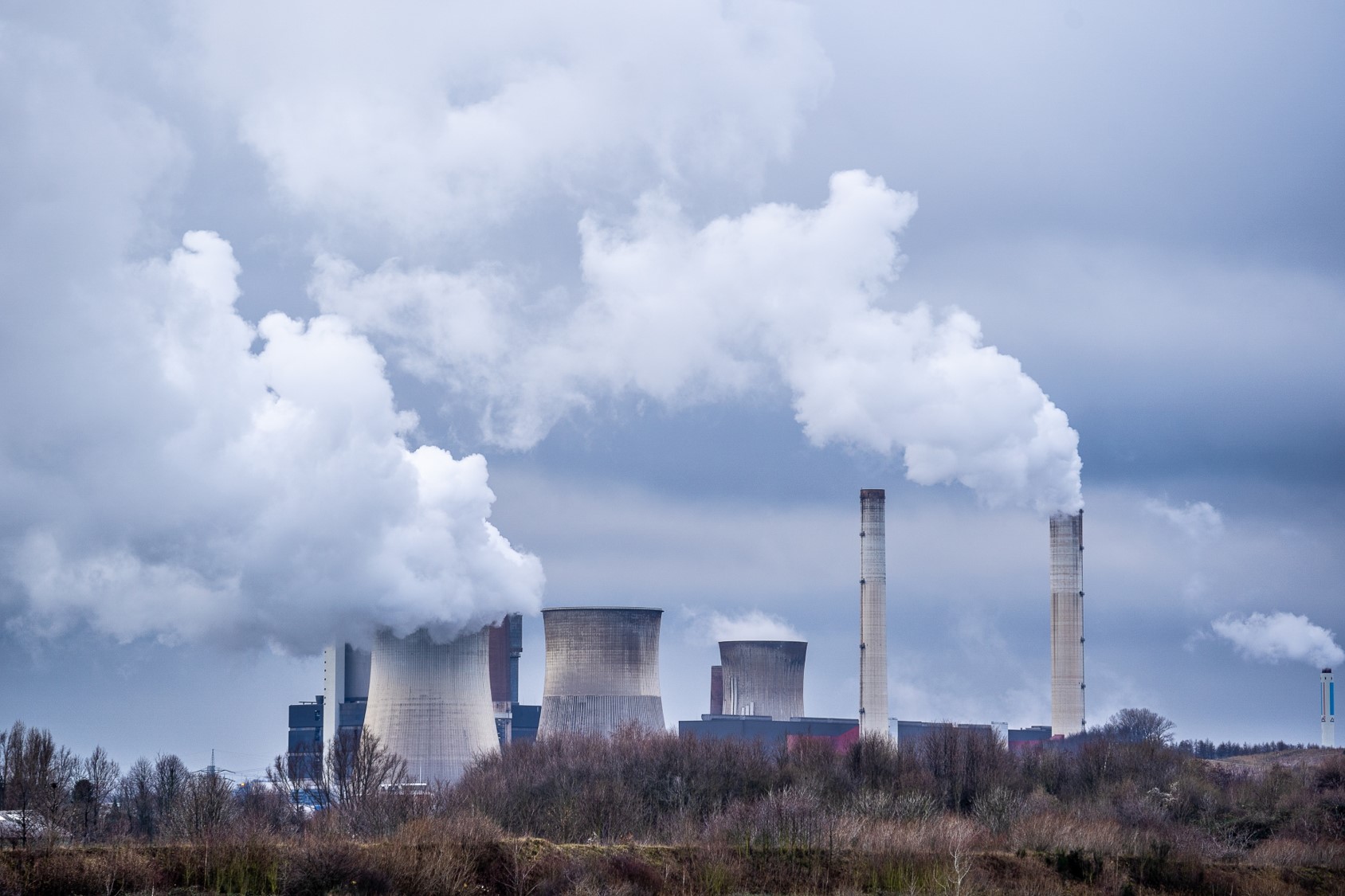
Curriculum Design
How to incorporate macroeconomics in environmental economics courses
Read a summary using the INOMICS AI tool
At the undergraduate level, environmental economics is typically taught as an applied microeconomics course. However, while topics like externalities and common property resources are great for emphasizing efficiency, they don’t always prepare students to consider environmental concerns as part of the broader economy. Incorporating macroeconomics into these courses can help students understand problems that deal with both scale and efficiency, such as how to reconcile economic growth with environmental quality.
Macroeconomic tools play an important role in addressing global environmental challenges, but they are not yet part of the standard environmental economics curriculum. This content deficit remains even as William Nordhaus won a Nobel Prize in 2018 for integrating climate change into long-run macroeconomic models.
In this post, I outline teaching resources that will help instructors include macroeconomic content in undergraduate environmental economics courses.
Textbooks
Most environmental economics textbooks contain some coverage of macroeconomic topics. However, this content is typically covered in less detail than microeconomics topics, and often appears in chapters at the end of the book that are less likely to be assigned due to time constraints.
One exception is the book titled Environmental and Natural Resource Economics: A Contemporary Approach by Harris and Roach (2023). This textbook includes macroeconomics content integrated throughout, with the second chapter focusing on the environment and economic development. The book also covers “green” national income accounting, climate change policy, and population and the environment.
A unique aspect of this book is that the authors utilize a dual approach by including ecological economics, a perspective that treats the economy as a subset of the larger ecosystem, in addition to the traditional neoclassical economic framework. This comprehensive coverage makes the textbook suitable as either a primary text or supplemental resource.
Suggested Opportunities
- Conferenza
- Posted 1 week ago
19th RGS Doctoral Conference in Economics - Fiscal Challenges
Between 18 Feb and 19 Feb in Bochum, Germania
- Conferenza
- Posted 1 day ago
Call for Papers 2026 Vienna-Copenhagen Conference on Financial Econometrics
Between 13 Aug and 15 Aug in Vienna, Austria- Conferenza
- Posted 1 week ago
45th RSEP International Multidisciplinary Conference
Between 4 Feb and 5 Feb in Lisbon, Portogallo
Empirics
One way to introduce macroeconomic concepts into environmental and natural resource economics courses is to present timely empirical results and stylized facts. For example, recent research by Metcalf and Stock (2020) indicates that carbon taxes do not reduce GDP growth or employment. Instructors can present an overview of their empirical results, published in Resources Magazine, that is straightforward for students to understand.
Some faculty may want students to practice collecting, synthesizing, and interpreting real world data. Adjusted net savings (ANS) is a national income accounting measure that accounts for resource depletion and pollution. It provides an estimate of whether savings and investment can compensate for depreciation of physical capital and degradation of natural capital.
To that end, consider having students gather gross savings and resource depletion data from the World Bank World Development Indicators to compute ANS in Excel for a selection of different countries. Students can consider which countries have the highest rates of saving, resource use, and what these statistics actually mean in terms of how much each country is actually investing in their future.
Theory
Faculty set learning goals for students that extend beyond knowledge of specific content. In other words, it is important for students to work through economic models to develop critical thinking and analytical skills. Students can achieve this learning goal by – for instance – learning how pollution and resource constraints can be incorporated into macroeconomic models.

Image credit: wirestock on Freepik.de.
For example, Heyes (2000) adds an ecological constraint to the IS-LM model, a standard Keynesian tool that is commonly taught in principles and intermediate macroeconomics classes. Faculty can use this augmented model to illustrate the impacts of fiscal, monetary, and environmental policies through the usual comparative statics.
Most textbooks include an overview of empirical evidence for the environmental Kuznets curve (EKC), the hypothesized inverted U-shaped relationship between per capita income and environmental quality, but offer few or no analytical exercises related to this subject. To remedy this gap, I proposed a simplified version of the “green” Solow model from Brock and Taylor (2010) that is accessible for undergraduate students.
The “green” Solow model provides theoretical support for the EKC hypothesis by adding pollution and technological progress in abatement to the Solow growth model. My adaptation of the model does not require calculus or differential equations to understand and can be taught to students at various levels and in various formats (online, in-person, and flipped classroom).
Conclusion
According to a recent paper by González-Ramírez et al. (2021), climate change and sustainability are among the least developed topics in environmental economics pedagogy. Yet, student interest in these subjects is rising as the world changes around us – and these topics are becoming increasingly relevant to economics in general. Importantly, there are a variety of resources available for economics faculty to bring in macroeconomics content to build timely and effective courses.
References
Brock, W. A., & Taylor, M. S. (2010). The green Solow model. Journal of Economic Growth, 15, 127-153.
González-Ramírez, J., Caviglia-Harris, J., & Whitehead, J. C. (2021). Teaching environmental and natural resource economics: A review of the economic education literature. International Review of Environmental and Resource Economics, 15(3), 235-369.
Harris, J. M., & Roach, B. (2023). Environmental and natural resource economics: A contemporary approach. Routledge.
Heyes, A. (2000). A proposal for the greening of textbook macro: IS-LM-EE. Ecological Economics, 32,1–7.
Metcalf, G. E., & Stock, J. H. (2020). Measuring the macroeconomic impact of carbon taxes. American Economic Review Papers and Proceedings,110, 101-106.
Milani, S. (2023). Teaching Environmental Macroeconomics to Undergraduate Students. Eastern Economic Journal, 1-17.
Header image credit: onlyyouqj at Freepik.de.
-
- Workshop, Scholarship, Prize / Contest, Research/Project Funding Opportunity
- (Online)
- Posted 4 days ago
Call for Papers - Advances in Econometrics volume: Bayesian Macroeconometrics
28 Feb in Brisbane
-
- Scuole Estive
- Posted 4 days ago
BSE Summer School 2026: Economics, Finance, Data Science, and related fields
Starts 22 Jun at Barcelona School of Economics in Barcelona, Spagna
-
- Conferenza
- Posted 1 week ago
1st Piraeus International Economic Conference (PIEC)
Between 28 Jun and 30 Jun in Spétses, Grecia














